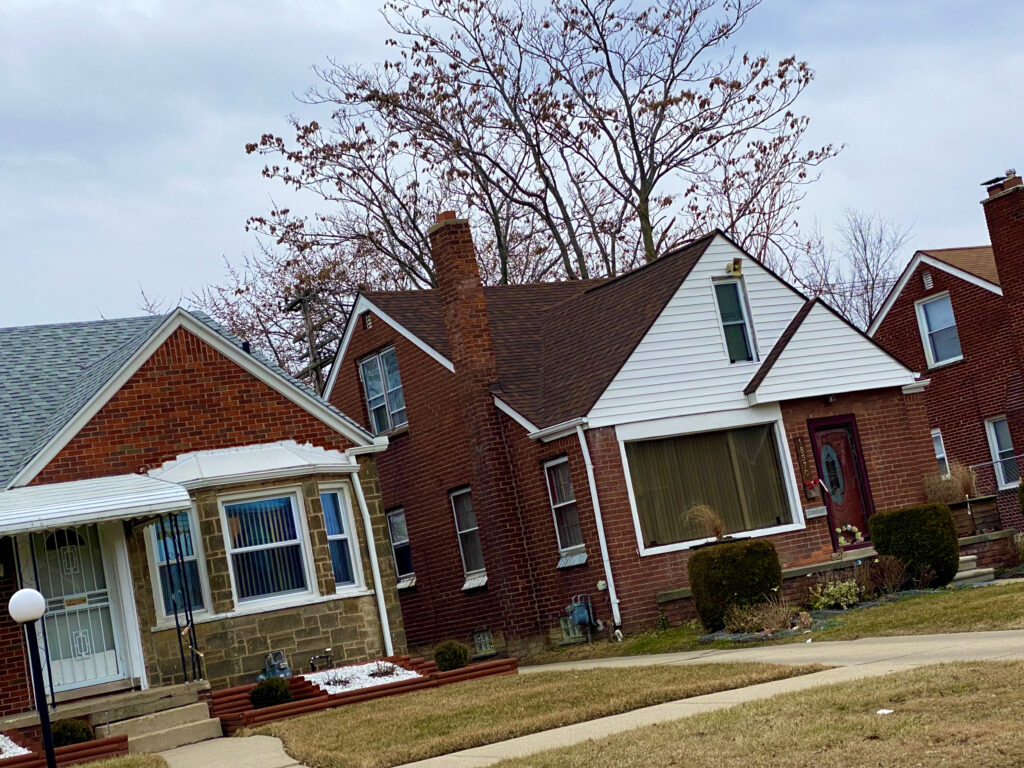Susan J. Demas
One in four Detroit households is facing a high burden from energy bills, with low-income, Black and Hispanic residents particularly impacted, according to a study from the American Council for an Energy-Efficient Economy (ACEEE) which examined the average energy burden in various U.S. cities.
Energy burden is determined by the share of a household’s annual income that goes toward energy costs, with burdens above 6% considered high and a burden of 10% or greater considered to be severe.
According to the study, which pulls data from the Census Bureau’s American Housing Survey, low-income households in the U.S. spent a median of 8.4% of their income on energy bills, while U.S. households as a whole spent a median of 2.9% on energy.
Additionally, more than a quarter of low-income households have an energy burden above 15.2%, well above the margin considered to be severely energy burdened.
While more than a quarter of U.S. households had an energy burden above 5.7%, low-income households, Black households, Hispanic households and renters experienced higher median energy burdens than all households in an area.
“Low-income households are more likely to reside in older and less energy-efficient homes that have inadequate insulation, drafty air leaks, and outdated heating and cooling systems. The households that are least able to afford the upfront costs of home energy upgrades are the ones that most need utility bill savings, so bringing low- or no-cost efficiency improvements to them is vital to reduce their burdens,” said Roxana Ayala, lead author of the policy brief and senior local policy research analyst at ACEEE.
data_update_-_city_energy_burdens_0
In 17 of the 25 regions analyzed, more than 25% of low-income residents spend 15% or more of their income on energy bills.
The Baltimore, Md., metropolitan area recorded the highest energy burden among low-income households, with a quarter of low-income households putting 26% of their income towards energy bills.
The Boston, Mass.; New York, N.Y.; and Rochester, N.Y., metropolitan areas also recorded high energy burdens with one in four low-income residents facing energy burdens above 20%.
In Detroit, one in four households faced an average energy burden of 6% or more. A quarter of low-income residents were severely energy burdened, spending more than 15.2% of their income on energy bills, with low-income renters spending 16.4%.
Half of Detroit’s low-income households paid more than 9% of their income towards energy bills.
One in four Black Detroiters paid more than 8.8% of their income towards energy bills, while 25% of Hispanic households were at the 6% threshold for a high energy burden.
In examining the scale of energy insecurity across the nation, ACEEE called on governments to prioritize access for weatherization and energy efficiency programs for low-income households including renters and homeowners to help lower their energy use. It also recommends increasing funding to federal, state, local and utility programs for efficiency and weatherization.
Michigan offers free weatherization services to low-income homeowners and renters through its federally-funded weather assistance program.
Provided services can include:
A home energy audit
Weather-stripping, caulking, general air sealing
Attic, foundation, wall, or sill box insulation
Programmable thermostat installation
Furnace or water heater tune-up or replacement
Refrigerator replacement
Those interested in weatherization services can contact their local community action agency, or visit the state’s online map of weatherization providers.
Wayne County residents can visit waynemetro.org/weatherization for eligibility information and to apply for weatherization services.
GET THE MORNING HEADLINES DELIVERED TO YOUR INBOX

